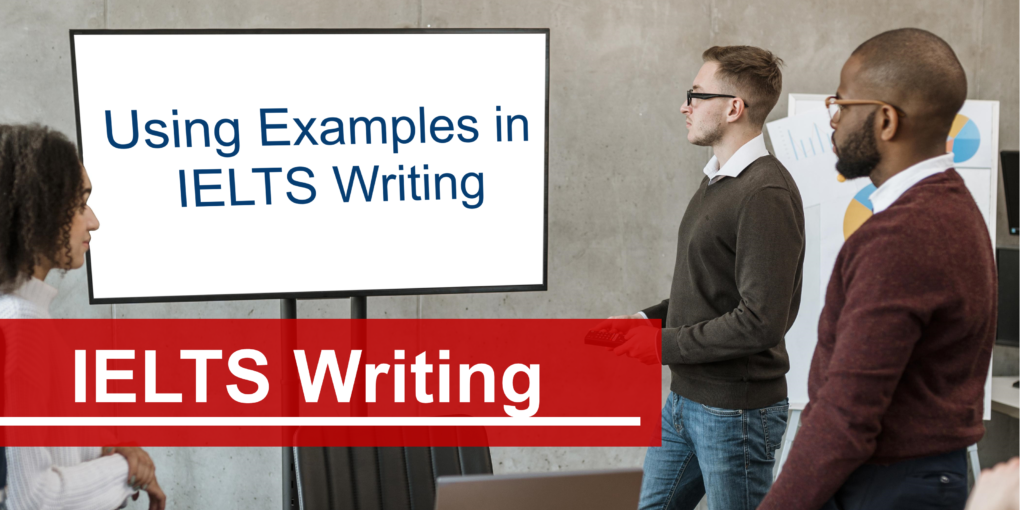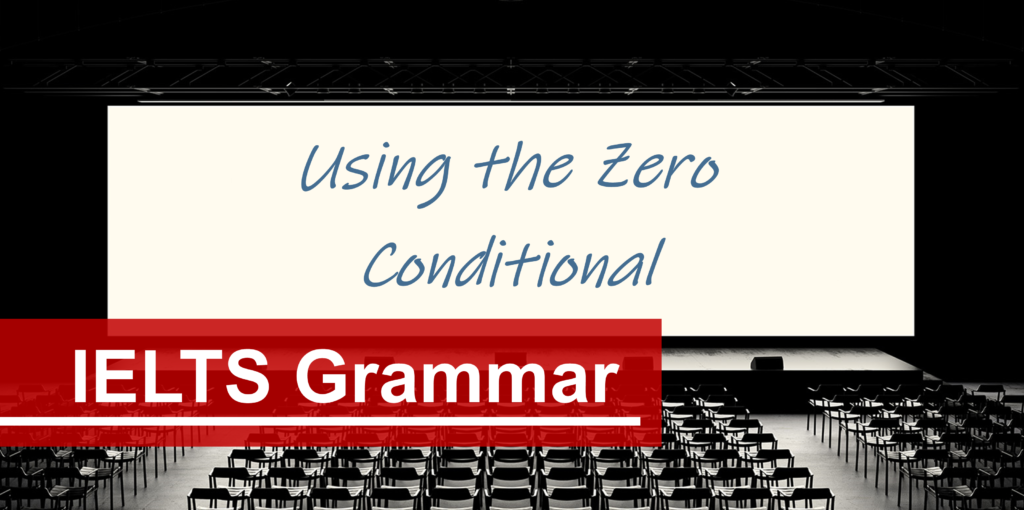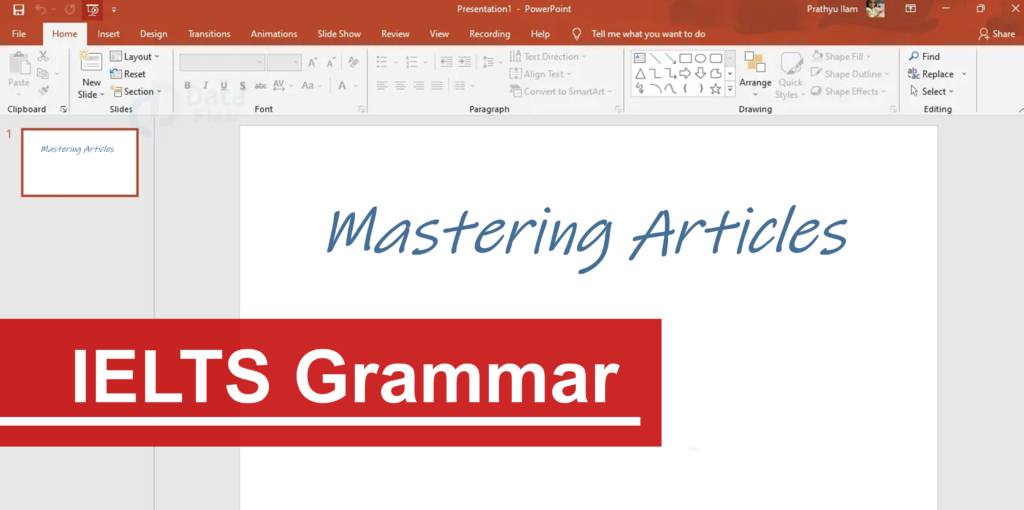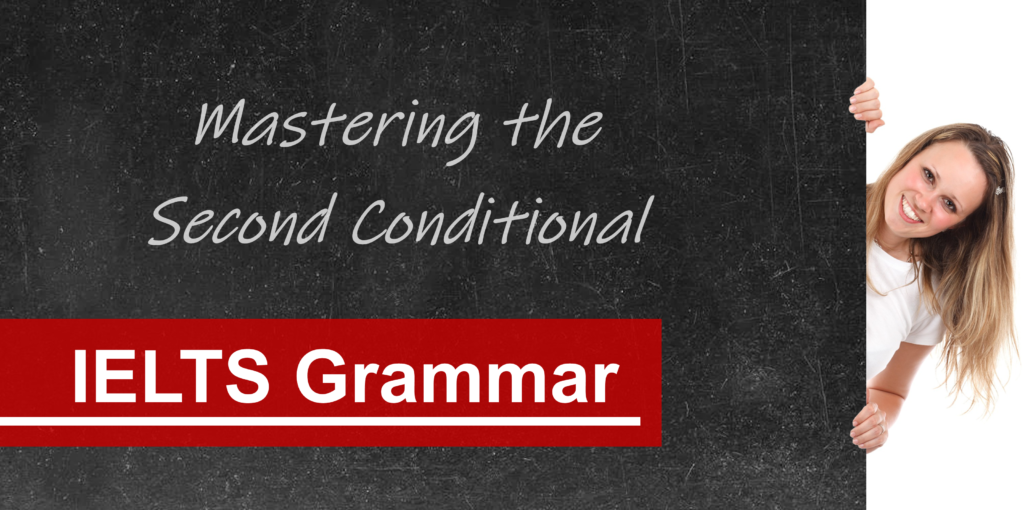How to Use Present Participle Clauses in Task 1
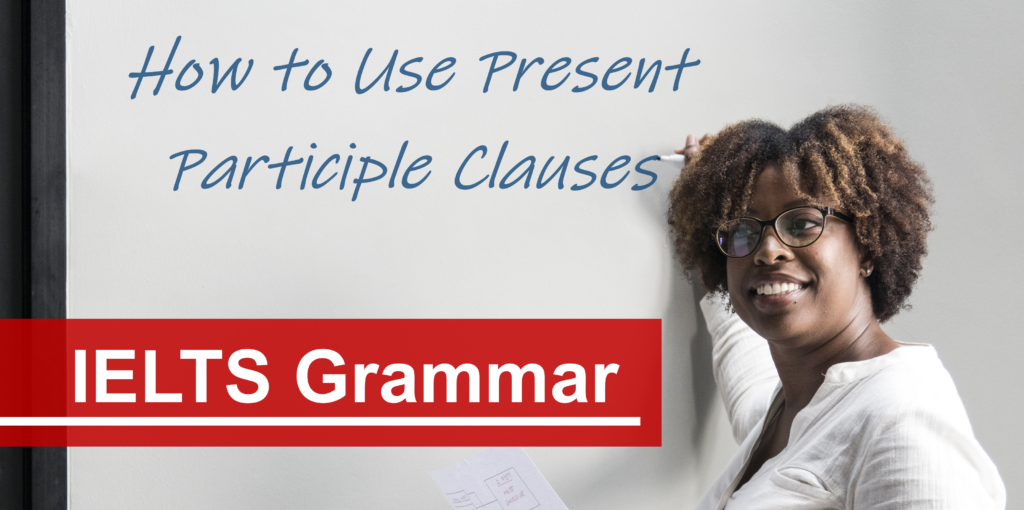
Present participle clauses, also known as participial phrases, are frequently used as dependent clauses to provide additional information about the main action or subject of a sentence. These clauses are formed by using the present participle form of a verb, which typically ends in “-ing.” Present participle clauses can convey various meanings and serve different purposes, adding depth and detail to a sentence.
Form: The structure of a present participle clause is relatively simple. It consists of the present participle (the “-ing” form of the verb) and any accompanying modifiers or objects. In some cases, it may be preceded by a subject, but it doesn’t have its own subject. Here’s the basic form:
Present Participle (Verb + -ing) + Modifier/Object
Use:
- Adding Information: Present participle clauses are often used to provide additional information about the main action or subject in a sentence, allowing writers to add descriptive or explanatory details.
- Simultaneous Actions: They can describe an action happening at the same time as the main action, emphasizing the connection between the two actions.
- Cause and Effect: Present participle clauses can also be used to show the cause and effect relationship between two actions, with the present participle clause representing the cause or reason.
Meaning: The meaning of a present participle clause can vary depending on the context, but it generally provides information about how, when, or why the main action or subject is performing the action. These clauses can indicate simultaneous actions, describe characteristics, and convey cause-and-effect relationships.
Examples:
- Adding Information:
- Hiking through the forest, Sarah marveled at the beauty of nature. (Descriptive detail)
- Laughing with her friends, Jane forgot her troubles for a while. (Additional information about Jane’s state of mind)
- Simultaneous Actions:
- While juggling the balls, the circus performer amazed the audience. (Juggling and amazing are happening simultaneously)
- Listening to music, I cleaned the house. (Listening and cleaning are simultaneous actions)
- Cause and Effect:
- Running out of time, she made a hasty decision. (The shortage of time caused the hasty decision)
- Being exhausted, he decided to take a nap. (Exhaustion is the cause of the decision to nap)
- Descriptive Characteristics:
- The painting, featuring a serene sunset, hung above the fireplace. (Describes the painting)
- The child, wearing a bright red sweater, stood out in the crowd. (Describes the child’s appearance)
In each of these examples, the present participle clause adds depth and context to the main clause, enriching the meaning and providing a more vivid picture of the action, the subject, or the relationship between actions.
In Task 1 of the IELTS exam, you are typically presented with visual data such as charts, graphs, maps, or diagrams, and your goal is to describe and summarize the information. Present participle clauses can be used to provide additional information without offering personal opinions. Here are ten examples of how they can be used:
- Describing Trends:
- The number of tourists visiting the city increased steadily throughout the year, reaching its peak in August.
- Comparing Data Points:
- In 2010, the average household income was higher than in 2005, reflecting economic growth.
- Highlighting Maximums and Minimums:
- The temperature in July, being the hottest month, reached a maximum of 35°C.
- Explaining Fluctuations:
- Sales of the product varied throughout the year, declining noticeably in the winter months.
- Emphasizing Notable Features:
- The map displays several key landmarks, including a central park, a river, and a major highway.
- Adding Detail to Time Frames:
- During the afternoon, traffic congestion in the city center was at its peak.
- Explaining Spatial Relationships:
- The chart reveals that the number of students studying science subjects is higher in the northern region.
- Conveying Sequences or Processes:
- The production process involves mixing, heating, and cooling, resulting in the final product.
These examples demonstrate how present participle clauses can be used to enhance the clarity and depth of your descriptions in Task 1 without including personal opinions. They help provide a more comprehensive understanding of the information presented in the visual data.



